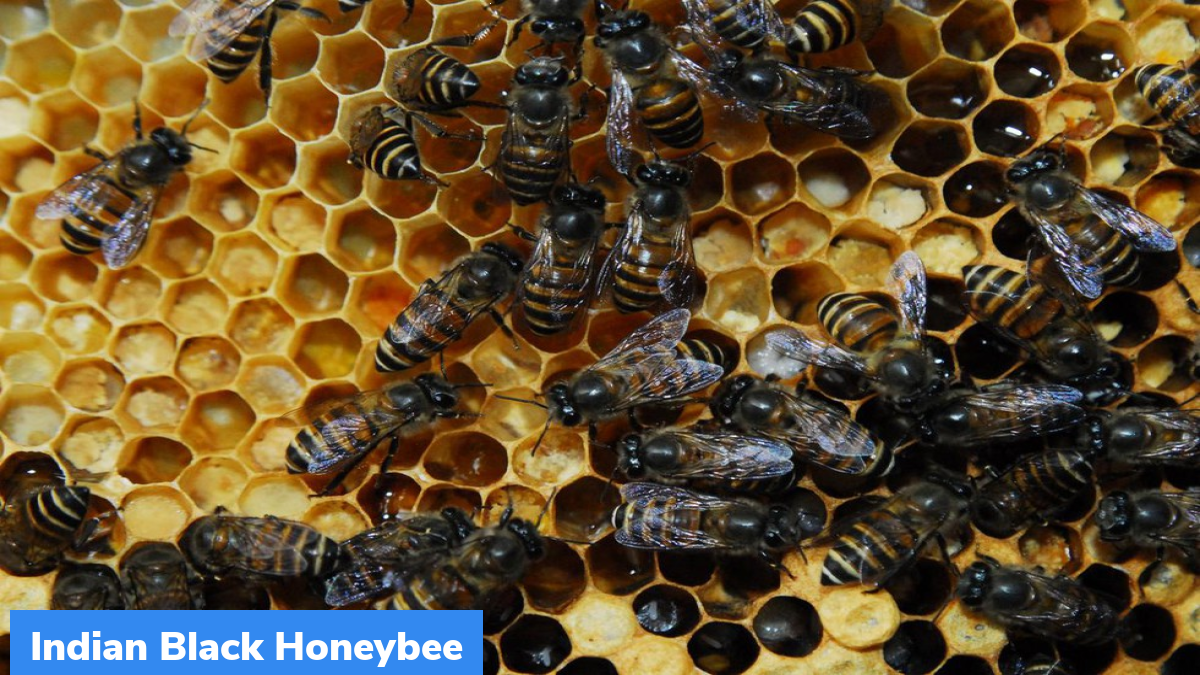Indian Black Honeybee
Indian black honeybee discovered in the Western Ghats.
About Indian black honeybee
- A new endemic species of honeybee, christened Indian black honeybee (Apis karinjodian), was discovered in the Western Ghats.
- Its habitat ranges from the central Western Ghats and Nilgiris to the southern Western Ghats, spanning the states of Goa, Karnataka, Kerala and parts of Tamil Nadu.
- The species has been classified as Near Threatened in the IUCN Red List.
Honeybee species in India and the world.
The discovery of new species of honeybee was made in India after more than 200 years. The last time a honeybee species was described in India was Apis indica, which was identified by Fabricius in 1798. It was not considered to be a valid honeybee species until the research team that discovered Apis karinjodian restored its status based on the new measure for species discrimination in honeybees called Radio-Medial Index.
With the discovery of the new species Apis karinjodian and the acceptance of Apis indica, the number of honeybee species in the world has increased to 11.
The new study provided the first distribution map and key to distinguish the three cavity nesting honeybee species present in the Indian subcontinent. These species are Apis indica, Apis cerana and Apis karinjodian. Cavity nesting honey bees are those used for the commercial production of honey. Till date, only Apis cerana was noted as a uniform population of cavity nesting honeybees in the Indian Subcontinent. It is found across the plains of central and southern India and Sri Lanka.
How does the new species help India’s apiculture industry?
- The new species will provide a major benefit for India’s apiculture industry since it produces higher quantities of honey that is thicker in consistency.
- Currently, the Indian apiculture industry relies on honey obtained from Apis indica that has a moisture content of more than 25 per cent.
- The Food Safety and Standards Authority of India (FSSAI) does not allow more than 20 per cent moisture in honey.
- To reduce moisture, the honey is heated, leading to a change in the colour, texture and loss of nutrients.
- Since the honey from Apis karinjodian is thicker, this process is not required. Therefore, the natural quality is retained.
Month: Current Affairs – November, 2022
Category: Environment Current Affairs • India Nation & States Current Affairs


